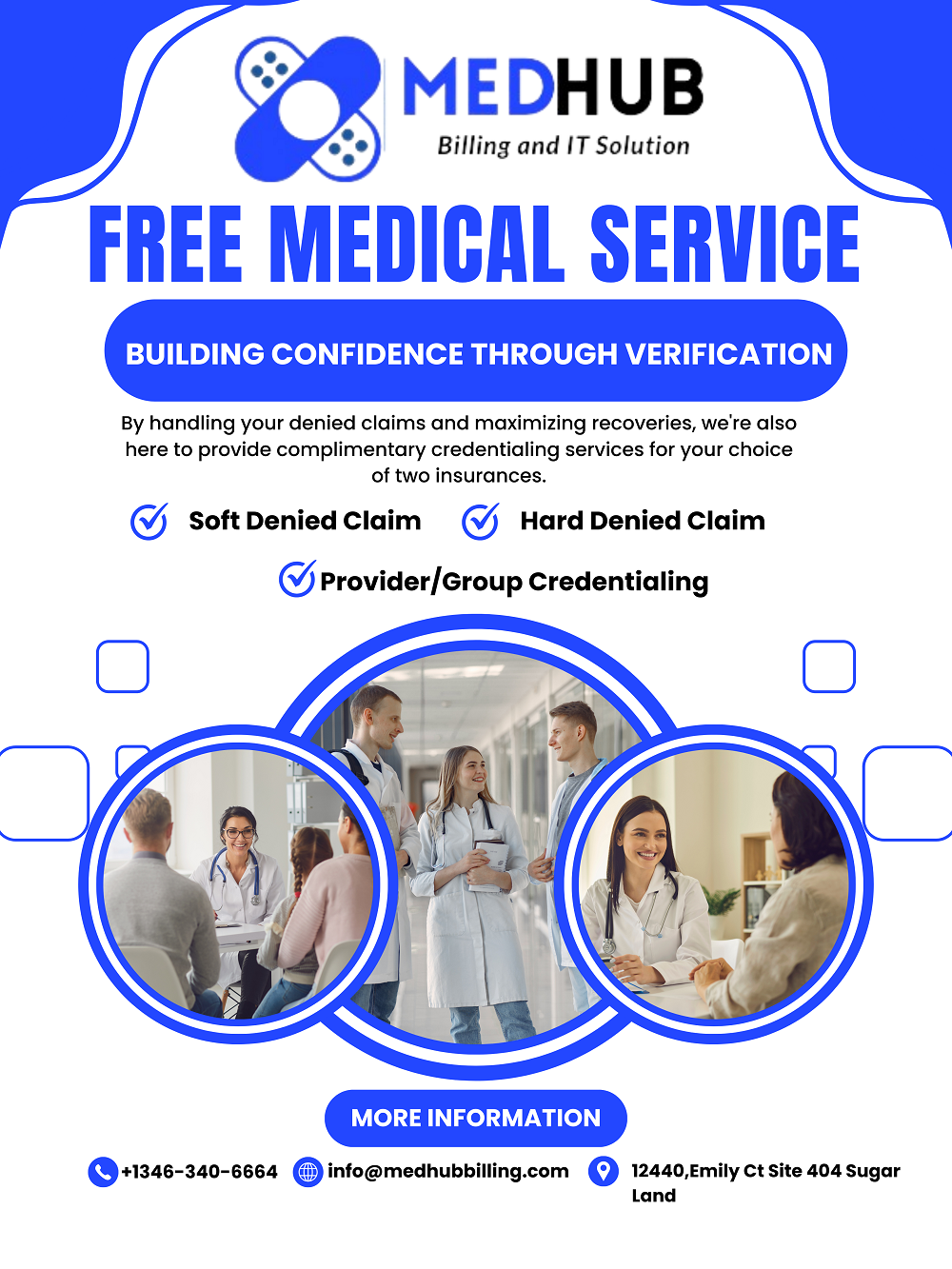
how to detect and prevent healthcare fraud and abuse
Detecting and preventing healthcare fraud and abuse is crucial to maintaining the integrity of the healthcare system, reducing costs, and ensuring that patients receive the care they need. Here are some steps and strategies to help detect and prevent healthcare fraud and abuse:
1.Understand the Types of Healthcare Fraud and Abuse:
Familiarize yourself with common types of healthcare fraud and abuse, such as billing fraud, identity theft, kickbacks, and upcoding.Understanding these schemes is the first step in detection.
2.Implement Robust Internal Controls:
Healthcare organizations should establish strong internal controls and compliance programs to prevent fraud.This includes regular audits, monitoring, and oversight of billing and claims processes.
3. Train Staff and Promote Awareness:
Provide training to employees on how to recognize and report fraud and abuse.Encourage a culture of ethical behavior and make sure staff members are aware of the consequences of fraudulent activities.
4. Utilize Advanced Analytics and Data Mining:
Employ advanced analytics and data mining techniques to identify unusual billing patterns, outliers, or suspicious claims.These tools can help detect potential fraud more effectively than manual reviews.
5. Conduct Regular Audits and Reviews:
Perform regular audits and reviews of claims, billing records, and financial transactions to identify discrepancies or irregularities.
6. Verify Patient Information:
Verify patient identities and insurance information to prevent identity theft and ensure that services are provided to the right individuals.
7. Monitor Provider Behavior:
Monitor healthcare providers' billing and treatment patterns. Unusual spikes in billing or patterns inconsistent with their specialty may be indicative of fraud.
8. Implement Strict Authentication Measures:
Ensure that patients and providers have secure authentication methods, such as two-factor authentication, to prevent unauthorized access to sensitive information.
9. Collaborate with Law Enforcement and Regulatory Agencies:
Collaborate with federal and state law enforcement agencies, as well as regulatory bodies, to share information and coordinate efforts in detecting and preventing fraud.
10. Use Healthcare Fraud Detection Software:
Invest in specialized healthcare fraud detection software and tools that can analyze claims data, identify anomalies, and flag potentially fraudulent activities.
11. Report Suspected Fraud and Abuse:
Encourage staff, patients, and whistleblowers to report suspected cases of fraud and abuse through established channels.Protect whistleblowers from retaliation.
12. Legal Enforcement:
Pursue legal action against individuals or organizations engaged in healthcare fraud and abuse. This may involve civil or criminal charges.
13. Stay Informed About Regulatory Changes:
Keep up-to-date with healthcare regulations, as they can change frequently. Compliance with current regulations is essential for preventing fraud.
14. Educate Patients:
Educate patients about their rights and responsibilities in healthcare, including verifying their insurance statements and reporting any discrepancies.
15. Work with Industry Partners:
Collaborate with other healthcare organizations, insurers, and industry partners to share best practices and information regarding fraud prevention.Preventing healthcare fraud and abuse is an ongoing process that requires vigilance, collaboration, and a commitment to ethical practices.
By implementing these strategies and fostering a culture of integrity, healthcare organizations can help protect their patients and the healthcare system as a whole from fraudulent activities.
